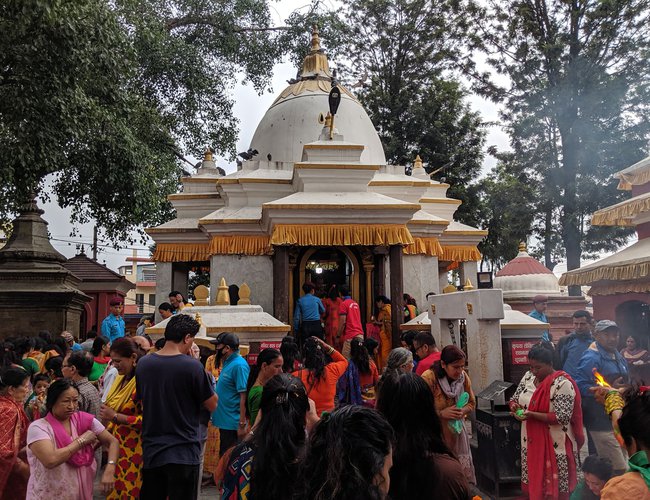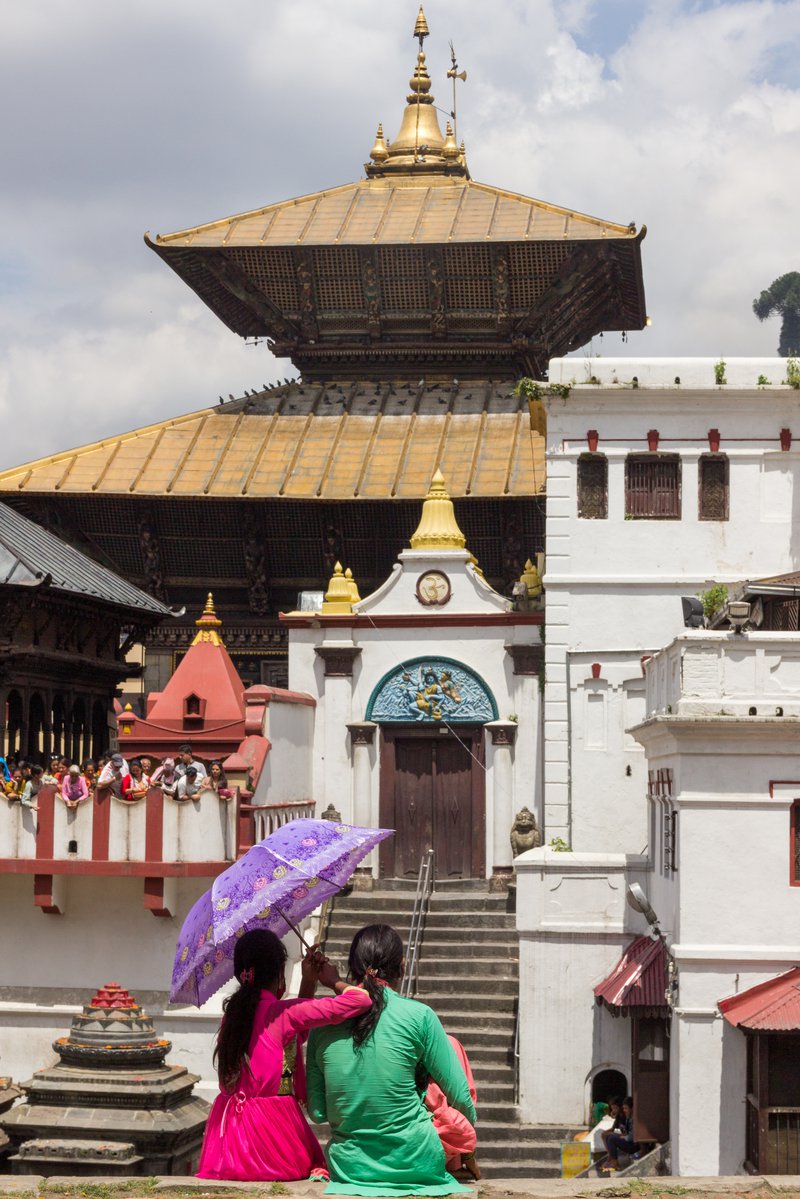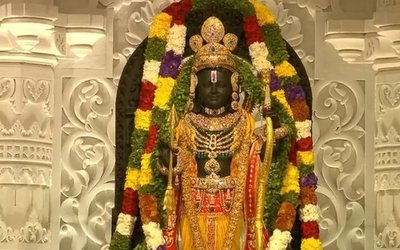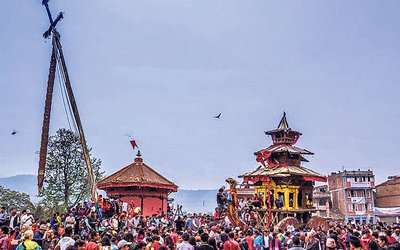
Large numbers of women and Shiva Devotees including Bol Bom followers with saffron-clad devotees of Shiva walk barefoot for long distances to fetch the holy Ganga water and carry it to Shiva linga in various shrines of Nepal including Pashuptinath.
Sauan or Shravan, most auspicious month in the Hindu calendar, began on July 17, Wednesday. The holy Hindu month will conclude on August 15, on Rakshabandhan. Today is the last Monday of Saun.
Saun is the fourth month of the Hindu calendar and it falls in the period between July and August every year. All Mondays falling during the Sauan month are considered to be extremely significant, as Monday is the day when Lord Shiva is worshipped. The first Sauan Somwar was observed on July 22.
Sauan is observed for worshiping Lord Shiva. During this month, devotees observe fast and give up non-vegetarian food. All the Mondays falling in the Sauan month are considered to be highly auspicious for observing fast and are known as Sauan Somwar. Other auspicious days of Sauan month included Sawan Shivaratri and Hariyali Amavasya.
Solah Somwar Significance
Solah Somwar vrats are observed for 16 Mondays, starting from the first Monday or Somwar of the Saun month. Devotees observe fast on all these Mondays. In Hindu mythology, Monday is a day devoted to the worship of Lord Shiva. Similarly, all Tuesdays in the Sawan month, also known as Mangalwar, are dedicated to Goddess Parvati, Lord Shiva’s consort. The fasting observed on Tuesday’s during this period is known as Mangal Gauri Vrat.
Saun Somwar
Mondays that fall in the Sauan month are called Shravan Somwar. There are four Mondays in the Sawan month and many young and unmarried girls worship Lord Shiva on these Mondays.
Kanwar Yatra
The Kanwar Yatra, stretching over 100 km, also takes place during the holy Sauan month. In the annual pilgrimage, saffron-clad devotees of Shiva walk barefoot for long distances to fetch the holy Ganga water and carry it to their homes, to offer it to their local Shivalingas. From a small gathering, the yatra has grown to be one of Nepal’s largest annual pilgrimages.
Sauan Background
According to Hindu Mythology, Lord Shiva had consumed poison that came out of the ocean during the Samudra Manthan to save the world. As per popular belief, Lord Shiva held the venom in his throat, which turned blue as a result.
Hence, Shiva devotees perform puja during this time as an offering to Lord Shiva, to seek his blessings.

- Japanese Ambassador Kikuta And DPM Shrestha Shared The Views to Deepen Nepal-Japan Bilateral Relations
- Apr 19, 2024
- India Provides Financial Support To Build A School Building In Darchula
- Apr 19, 2024
- Shalom Club-Nepal Expresses Solidarity With Israel Against Iran-attack
- Apr 19, 2024
- Foreign Secretary Lamsal Urged Bangladeshi To Explore Investment Opportunities In Nepal
- Apr 19, 2024
- Nepal Should Get Compensation For Damaged Caused By Climate Change: Minister Pun
- Apr 19, 2024
















